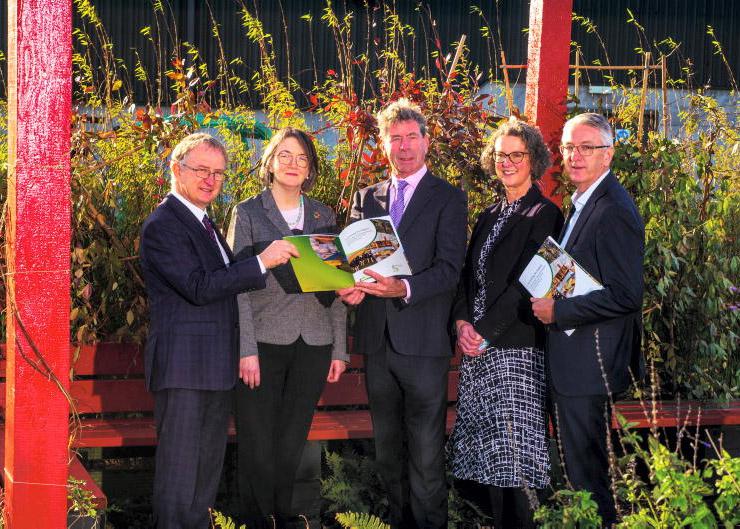Never have we seen such enormous variations in farmer prices over such a short period of time. To some extent, we are suffering an overload of rapid information from all parts of the world.
Dairy farmers track the latest New Zealand auction prices and know that the ups and downs will be reflected in their milk prices.
With Ireland exporting about 90% of its dairy production, international prices are rapidly reflected back to the producer. Over the last year, milk prices have gone from a peak of over 60c/l to less than 40c/l today and it is a clear case of what can happen in essentially uncontrolled markets.
Visibility not in all sectors
But at least dairy farmers have – in the main – visibility on how their processor customers, the vast majority of whom are co-ops, are faring.
There is no such visibility on the beef side. With the widespread adoption of private unlimited status, the financial strength and profitability of the main meat factory operators is effectively a closed book.
There have been all kinds of proposals for more transparency, but nothing has happened and prices to the Irish producer seem unrelated to what is happening in the wider European marketplace.
Tillage price challenges
For tillage crops, within the last month, we have seen swings of up to €40/t in the case of wheat alone, depending on whether the mid-west in the United States had rain or not, and whether Russia confirms a new deal to allow the export of Ukrainian grain.
Can we expect any Government or agricultural policy to implement measures to protect farmers from such extraordinary volatility? The challenge has been made even greater by the surge in input prices.
It could have been argued that the original single farm payment system fulfilled a form of income stabilising, but with the recent changes, the new system is clearly much less effective – just when it is most needed.
Can we expect any Government or agricultural policy to implement measures to protect farmers from such extraordinary volatility?
Modern technology could easily implement a system to input prices for key input and output prices received by farmers and issue variable payments, depending on how market conditions develop.
Of course, such a system would be a major break with normal EU support mechanisms, but it would not be revolutionary.
Britain had a variable premium-type payment for beef and lamb before it joined the European Economic Community (EEC) as it was then, and we had a variant in the EU’s own sheep sector for a brief period.
These are extraordinary times and farmers are ill-equipped to make fundamental forward-purchasing as well as selling decisions.
New policy options should be on the table.









SHARING OPTIONS